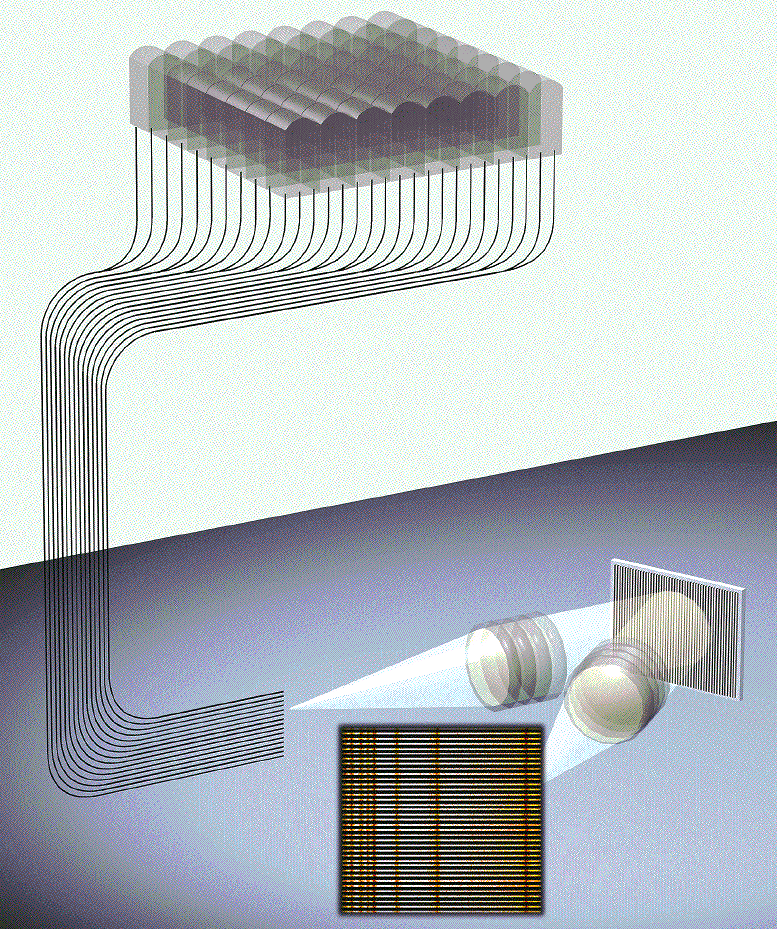
Fig. 2 : Principle of Operation of fiber-coupled
lensarray IFS:
Spatial sampling is provided by a lensarray, onto whose front surface
a magnified image of the focal plane of the telescope is projected. For
instruments like PMAS the field-of-view is small: typically of order of
several arcsec (the foreoptics responsible for the magnification is not
shown in this sketch). Each lens of the lensarray creates a tiny image
of the entrance pupil of the optical system (= telescope main mirror M1),
several tens of micrometers in size. At the location of this spot an optical
fiber is attached to the lens array, thus providing coupling to a spectrograph
at the other end of the waveguide. The flexibility of fibers can be used
to rearrange the square format of the lens array to form a linear pseudo-slit
at the input of the spectrograph collimator. The light from each fiber
is dispersed by the grating and is projected as a single spectrum on the
detector. Since there are many fibers at the pseudo-slit, a family of spectra
is generated simultaneously on the CCD. Dedicated data reduction software
is necessary to automatically extract several hundreds of spectra and remove
instrumental signatures in order to create the final data cube.
Last update August 14, 2002 by M.
Roth
